
© 2011 Dave Weinberg
More about the gowanus flushing project
mobile journal. cyber comic. digital rorschach.

More about the gowanus flushing project
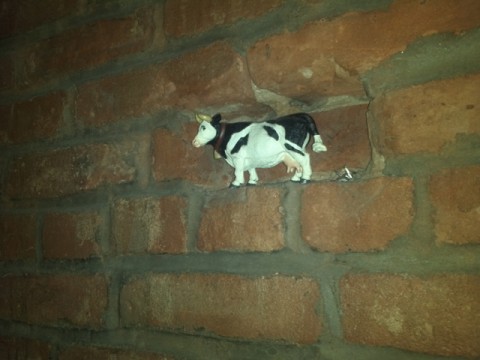

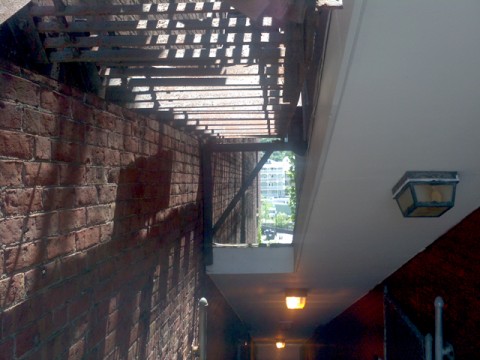
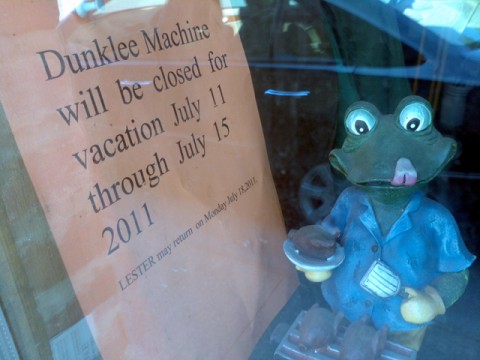
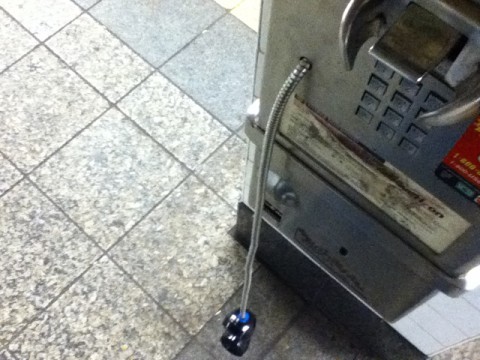
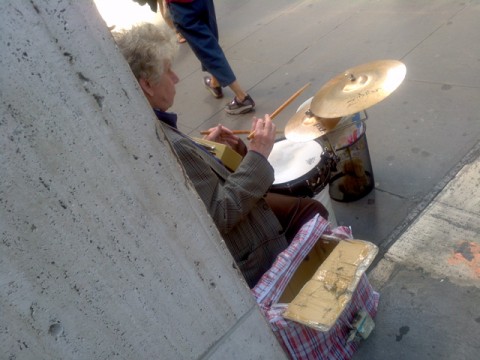
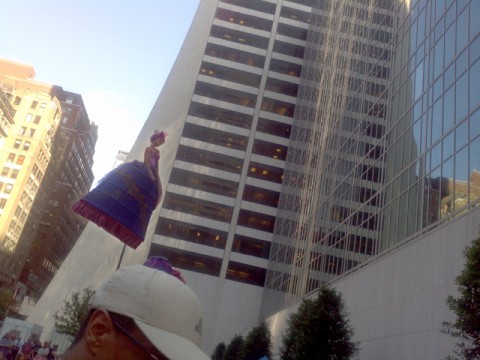



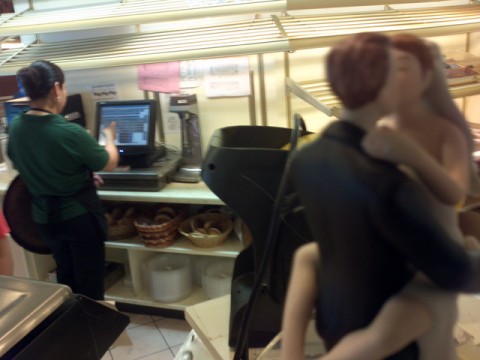

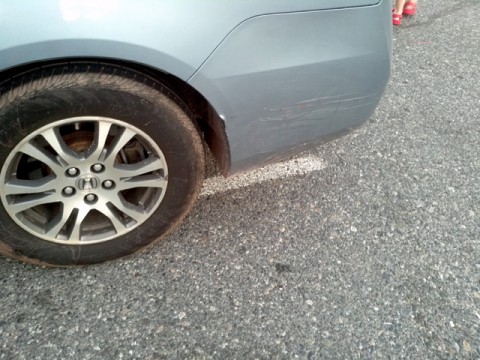
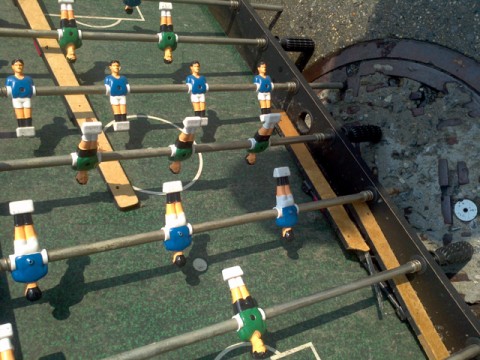
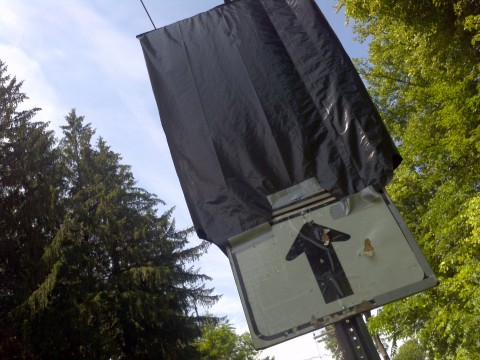
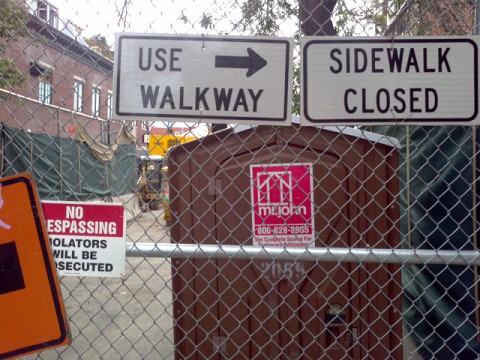




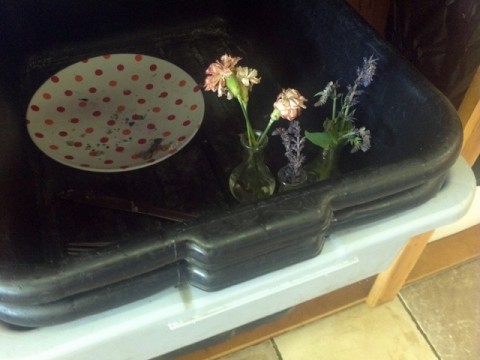
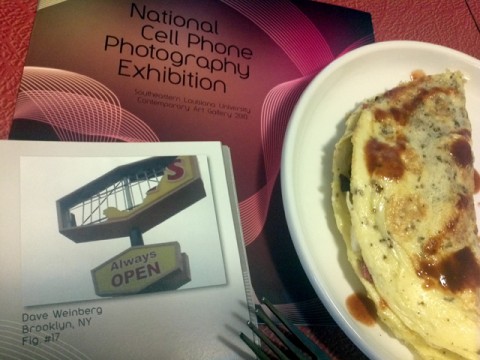
This cellphoneSketch originally posted, in March of 2010 was among hundreds of cellphone photographs selected from around the world for the National Cellphone Photography Exhibition at Southeastern Louisiana University Contemporary Art.
As Dale Newkirk, Curator, Visual Artist and Faculty of Southeastern Louisiana University puts it, “With the proliferation of the cell phone and its on-board camera, anyone can capture a photographic image at any time. With the array of cell phone cameras available, what are people taking pictures of and do the images say anything about what is important to people today? In a world full of images, what is important? This is the line of thought that started the curatorial process.”

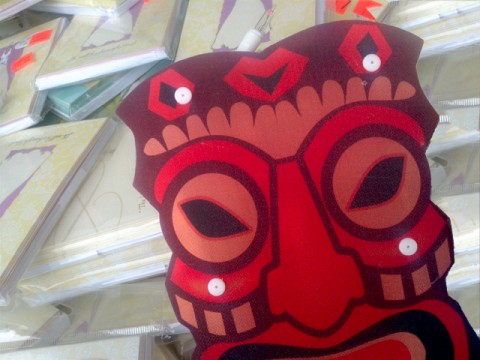



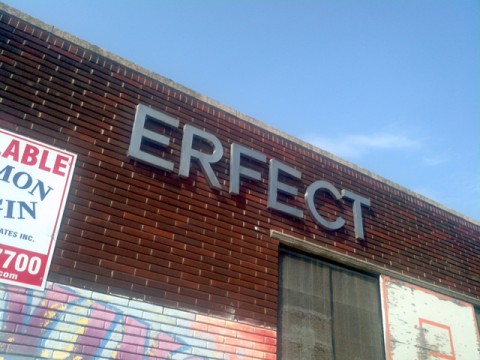

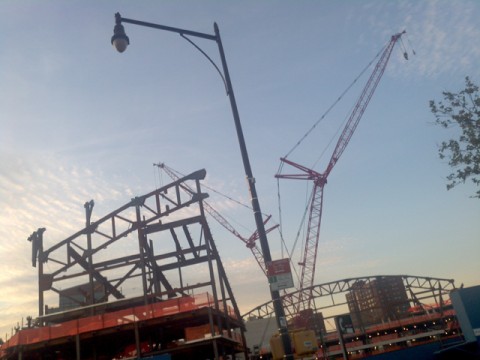




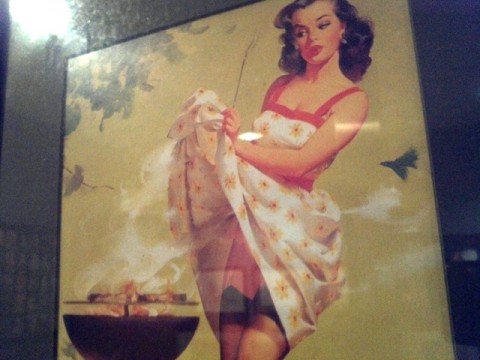
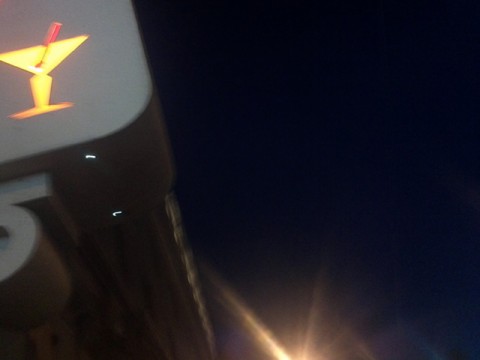
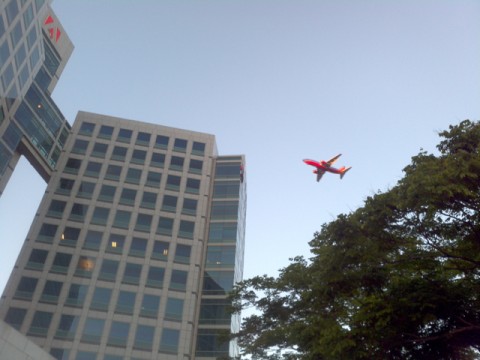
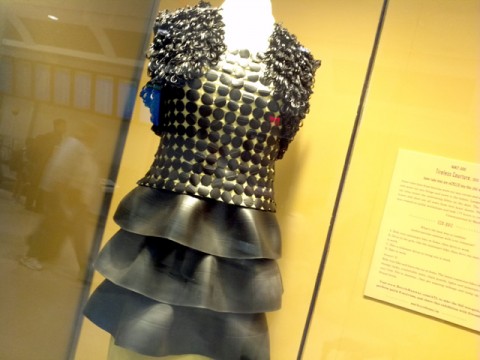
Part of the chic, fashionable and definitely ‘trashy’ exhibition, Recycle Runway, currently on display at Atlanta International Airport through March, 2012.
Created by artist and environmental educator, Nancy Judd, ‘Tireless Couture’ was designed entirely from old tires, inner tubes, and torn hotel sheets – commissioned to encourage environmentally sustainable life practices – in this case, increased use of pedestrian and bike paths in Chapel Hill, North Carolina.
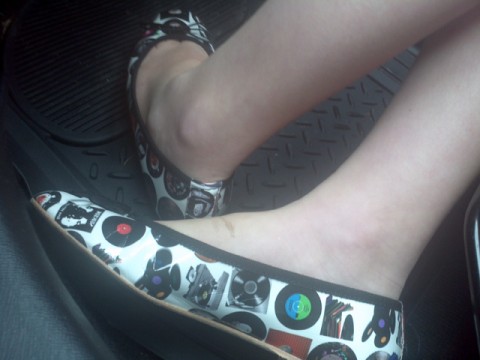
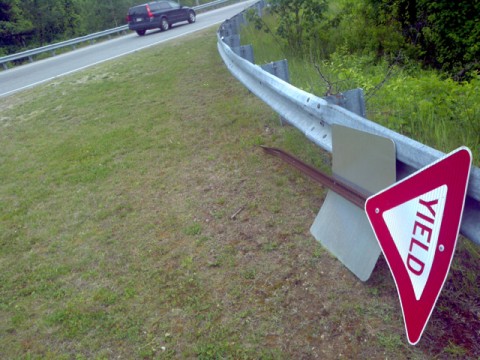
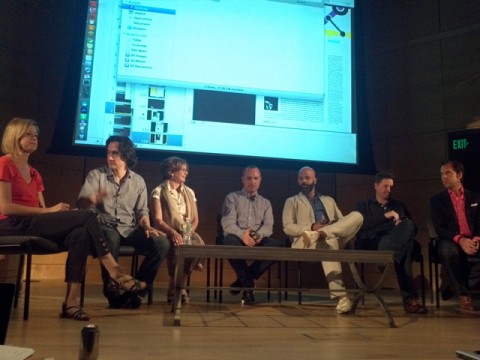
Pictured (l to r)
Alice Twemlow (Moderator)
Chair, d-crit MFA Program, School of Visual Arts
Florian Bachleda
Creative Director, Fast Compnay
on REDESIGN
Gael Towey
Chief Editorial and Creative Director, Martha Stewart Living Omnimedia
on BRANDING
Dirk Barnett
Creative Director, Newsweek Daily Beast Company
on PROCESS
Arem Duplessis
Design Director, The New York Times Magazines
on REINVENTION
Luke Hayman
Partner, Pentagram
on IDENTITY
Scott Dadich
VP, Digital Magazine Development, Condé Nast
on TECHNOLOGY
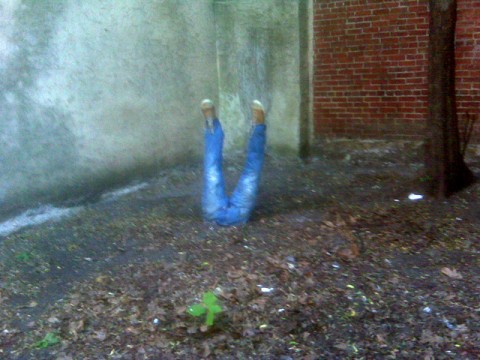
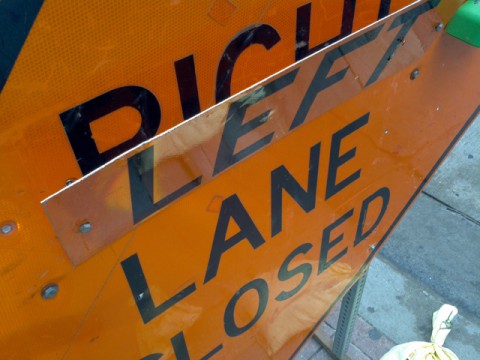
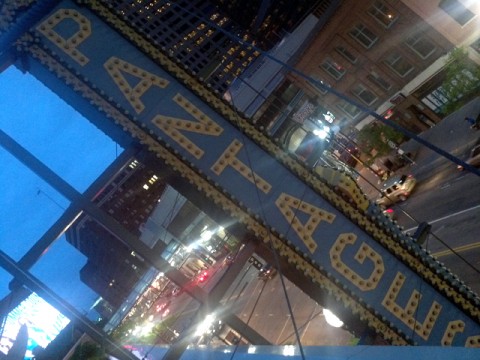
what could make a boy behave this way?
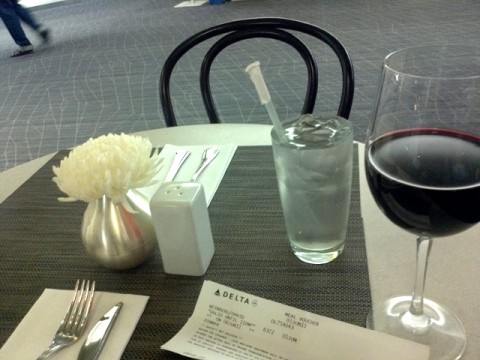
Kudos to Delta Airlines for taking ownership of an unavoidable, but extended service delay. The ground team took proactive ownership of the situation and did at least three things right:
Somewhere in the hierarchy of Delta the ground team was empowered to make some decisions based on the circumstances and turned the lemon into lemonade (or in my case, malbec and a really excellent burger…)


As noted by Ric Grefé, Executive Director of AIGA, in his closing remarks at the 2011 Leadership Retreat, AIGA was established almost 100 years ago by a group of (40) industry professionals to represent the needs of designers of the day. We are now at the dawn of a new day – representing, advocating and fostering interdisciplinary dialog and action across an ever changing playing field of needs and roles. The role of the Creative, the Right Brainer, the Designer – could not be more important or relevant. The very nature of design – what it means to be a designer and the role that the designer plays in business and culture is also changing; as observed during the last several retreats, there are many unknowns and uncertainties to navigate.
I joined AIGA, the professional association for design in 2005 and became a founding member of the Maine chapter in January of 2006. I served for 4 years as its Programs Director and the last two years as President. I’m proud to be part of an organization that actively fosters, recognizes and promotes the contributions and leadership at all levels of the organization. The structure of many companies and organizations exercise their hierarchy through monolithic top down management – ‘we have all the answers and we will tell you what to do’. Leaders at all levels of AIGA recognize, exercise and evangelize something very different.
The mission of AIGA is to advance design as a professional craft, strategic tool and vital cultural force. It seeks to stimulate thinking about design, to Inform, Communicate, Inspire, Represent, Stimulate and Demonstrate the value that design brings to business and society – reflecting the needs of designers throughout the arcs of their careers. AIGA continues its mission during a time of enormous change – advances in technology, fledgling economy, threats to environment, social inequality, shifts across Boomer, GenX and Millennial generations contribute to daily uncertainties and with that, opportunities – for redesign and an expanded role for the designer.
The above image, cellphoneSketched at the Walker Arts Center in Minneapolis, represents a tribal diaspora. A group willing to set out from the familiar, from the perceived safety of the monolithic voice telling them what to do – into the uncertainty of the unknown (with its share of brick walls) to exercise its own voice.


